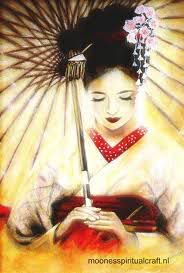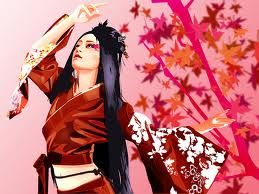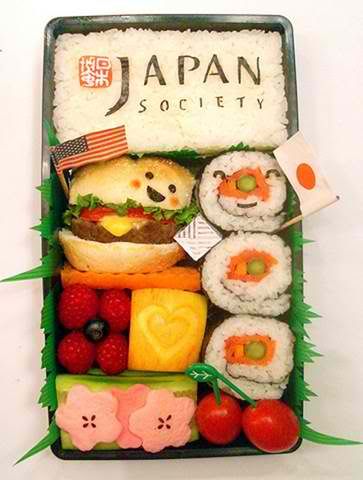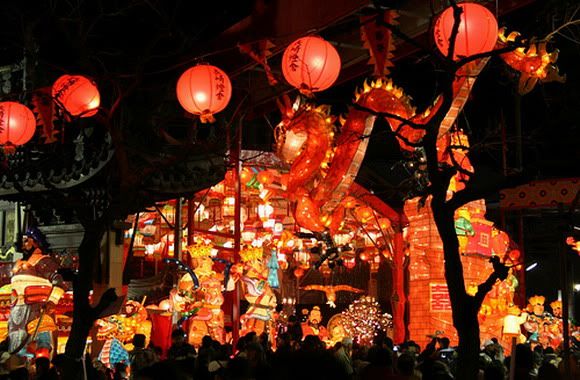
Trainee Geisha (Maiko) Kyoto Japan


A Maiko going to work in Gion Kyoto.
The English pronunciation "gee-sha" or the phrase "geisha girl," common during the American occupation of Japan, carry connotations of prostitution, as some young women, desperate for money and calling themselves "geisha," sold themselves to American troops. The geisha tradition evolved from the taikomochi or hōkan, similar to court jesters. The first geisha were all male; as women began to take the role they were known as onna geisha (女芸者), or "woman artist (female form)."
The geisha tradition evolved from the taikomochi or hōkan, similar to court jesters. The first geisha were all male; as women began to take the role they were known as onna geisha (女芸者), or "woman artist (female form)."
Geisha were traditionally trained from young childhood. Geisha houses often bought young girls from poor families, and took responsibility for raising and training them. During their childhood, apprentice geisha worked first as maids, then as assistants to the house's senior geisha as part of their training and to contribute to the costs of their upkeep and education.
This long-held tradition of training still exists in Japan, where a student lives at the home of a master of some art, starting out doing general housework and observing and assisting the master, and eventually moving up to become a master in her own right. This training often lasts for many years. Becoming a geisha is now entirely voluntary. Most geisha now begin their training in their late teens.
Strictly speaking, geisha are not prostitutes. Because they entertain men behind closed doors in an exclusive manner, there has been much speculation about the underpinnings of their profession. The confusion that surrounds this issue has been complicated by Japanese prostitutes who wish to co-opt the prestige of the geisha image, and by inaccurate depictions of geisha in Western popular cultu
 re.
re.Male Kimono
 Female Kimono
Female Kimono 
The widths of the material usedis 38 centimeters (15 inches) for women’s kimonos and 40 centimeters (15 3/4 inches) for men’s- are invariable. They are determined by the weaving frame used to make the fabric. The furisode, an extremely long-sleeved version of the kimono, is worn only by young unmarried women on formal occasions. Only Enka singers have the privilege of wearing furisode regardless of their age and status.
In the Heian period (794- 1185) women of the Japanese wore up to 25 layers of kimonos, making movement virtually impossible. The kosode, the short sleeved kimono that is standard nowadays, started off as the bottom layer, that is, the underwear, of Heian court kimono.


those Ofuro found at Onsen. Taking a bath has always been an integral part of Japanese life. In the past, Japanese people enjoyed the daily ritual with their friends and neighbours in a public bath (the sento) or in a hot spring bath (the onsen). It was not until the middle of this century that the provision of a water supply made it possible for most people to have a private Ofuro, although the onsen and the sento remain popular for many Japanese people.
Sumo or Sumo wrestling is a traditional Japanese contact sport. Sumo still remains popular in Japan today where the top sumo wrestlers are well paid.
 Sumo (相撲 Sumō, alternatively 大相撲 Ōzumō), or Sumo wrestling, is a competition contact sport wherein two wrestlers or rikishi face off in a circular area. The sport is of Japanese origin and is surrounded by ceremony and ritual. The Japanese consider Sumo a gendai budō: a modern Japanese martial art, even though the sport has a history spanning many centuries.
Sumo (相撲 Sumō, alternatively 大相撲 Ōzumō), or Sumo wrestling, is a competition contact sport wherein two wrestlers or rikishi face off in a circular area. The sport is of Japanese origin and is surrounded by ceremony and ritual. The Japanese consider Sumo a gendai budō: a modern Japanese martial art, even though the sport has a history spanning many centuries.
The Sumo tradition is very ancient, and even today the sport includes many ritual elements from when Sumo was used in the Shinto religion.
Professional Sumo
 Professional sumo is organized by the Japan Sumo Association. The original wrestlers were probably samurai, often ronin, who needed to find an alternative form of income.
Professional sumo is organized by the Japan Sumo Association. The original wrestlers were probably samurai, often ronin, who needed to find an alternative form of income.Sumo wrestling is a strict hierarchy based on sporting merit. The wrestlers are ranked according to a system that dates back hundreds of years, to the Edo period. Wrestlers are promoted or demoted according to their previous performance and a Banzuke listing the full hierarchy is published two weeks prior to each sumo tournament.
 Wrestlers enter Sumo in the lowest Jonokuchi division and, ability permitting, work their way up to the top Makuuchi division. Only wrestlers in the top two divisions are salaried, and they are called sekitori (to have taken the barrier). Wrestlers in the lower divisions are regarded as being in training and receive a subsistence allowance, in return for which they must perform various chores in their training stable.
Wrestlers enter Sumo in the lowest Jonokuchi division and, ability permitting, work their way up to the top Makuuchi division. Only wrestlers in the top two divisions are salaried, and they are called sekitori (to have taken the barrier). Wrestlers in the lower divisions are regarded as being in training and receive a subsistence allowance, in return for which they must perform various chores in their training stable.All sumo wrestlers take wrestling names called shikona (しこ名), which may or may not be related to their real names. Often wrestlers have little choice in their name, which is given to them by their trainer (or stablemaster), or by a supporter or family member who encouraged them into the sport.
Professional Sumo is practiced exclusively in Japan, where it originated, but wrestlers of other nationalities participate. The first foreigner to win the top division championship was Takamiyama in the 1970s. He was followed by Konishiki who won the top division title on three occasions, and reached the rank of Ozeki. In 1993 Akebono became the first foreign born Yokozuna. These three former wrestlers were all born in Hawaii. Furthermore, recently wrestlers from Korea and several former Soviet and Soviet bloc countries have also found success in the upper levels of Sumo. There are currently 59 wrestlers officially listed as foreigners.
The word samurai has its origins in the pre-Heian period Japan, meaning servant or attendant. It was not until the early modern period, namely the Azuchi-Momoyama period and early Edo period of the late 16th and early 17th centuries that the word saburai became substituted with samurai. However, by then, the meaning had already long before changed.
Samurai employed a range of weapons such as bows and arrows, spears and guns; but their most famous weapon and their symbol was the sword. Samurai were supposed to lead their lives according to the ethic code of bushido ("the way of the warrior"). Strongly Confucian in nature, Bushido stressed concepts such as loyalty to one's master, self discipline and respectful, ethical behavior.
 Samurai were expected to be cultured and literate, and over time, samurai during the Tokugawa era gradually lost their military function. By the end of the Tokugawa, samurai were essentially civilian bureaucrats for the daimyo with their swords serving only ceremonial purposes. With the Meiji reforms in the late 19th century, the samurai were abolished as a distinct class in favour of a western-style national army. The strict code that they followed, called bushido, still survives in present-day Japanese society, as do many other aspects of their way of life.
Samurai were expected to be cultured and literate, and over time, samurai during the Tokugawa era gradually lost their military function. By the end of the Tokugawa, samurai were essentially civilian bureaucrats for the daimyo with their swords serving only ceremonial purposes. With the Meiji reforms in the late 19th century, the samurai were abolished as a distinct class in favour of a western-style national army. The strict code that they followed, called bushido, still survives in present-day Japanese society, as do many other aspects of their way of life.Japanese Calligraphy Art
 Today calligraphy is one of the elementary subjects taught in schools in Japan. It is one of the compulsory subjects during primary education and at the higher levels one has the option to choose between calligraphy, painting and music. Some universities have even developed specialization and teacher training courses in the field of calligraphy.
Today calligraphy is one of the elementary subjects taught in schools in Japan. It is one of the compulsory subjects during primary education and at the higher levels one has the option to choose between calligraphy, painting and music. Some universities have even developed specialization and teacher training courses in the field of calligraphy.With the improvements in means of mass communication Japanese calligraphy was exported to the west. The western artists at once fell in love with this poetic form of writing. The calligraphers were especially awe struck by the beauty of Japanese writing. Even artists with a specialization other than calligraphy were known to have learnt the art parallel to their own specialty. Japanese calligraphy is also considered to be highly fashionable in today’s times. You will be able to find all sorts of fashion accessories and interior decoration items with Japanese calligraphy on them.
Japanese calligraphy is also considered to be highly fashionable in today’s times. You will be able to find all sorts of fashion accessories and interior decoration items with Japanese calligraphy on them.
Back to Top. | 9:00 PM








